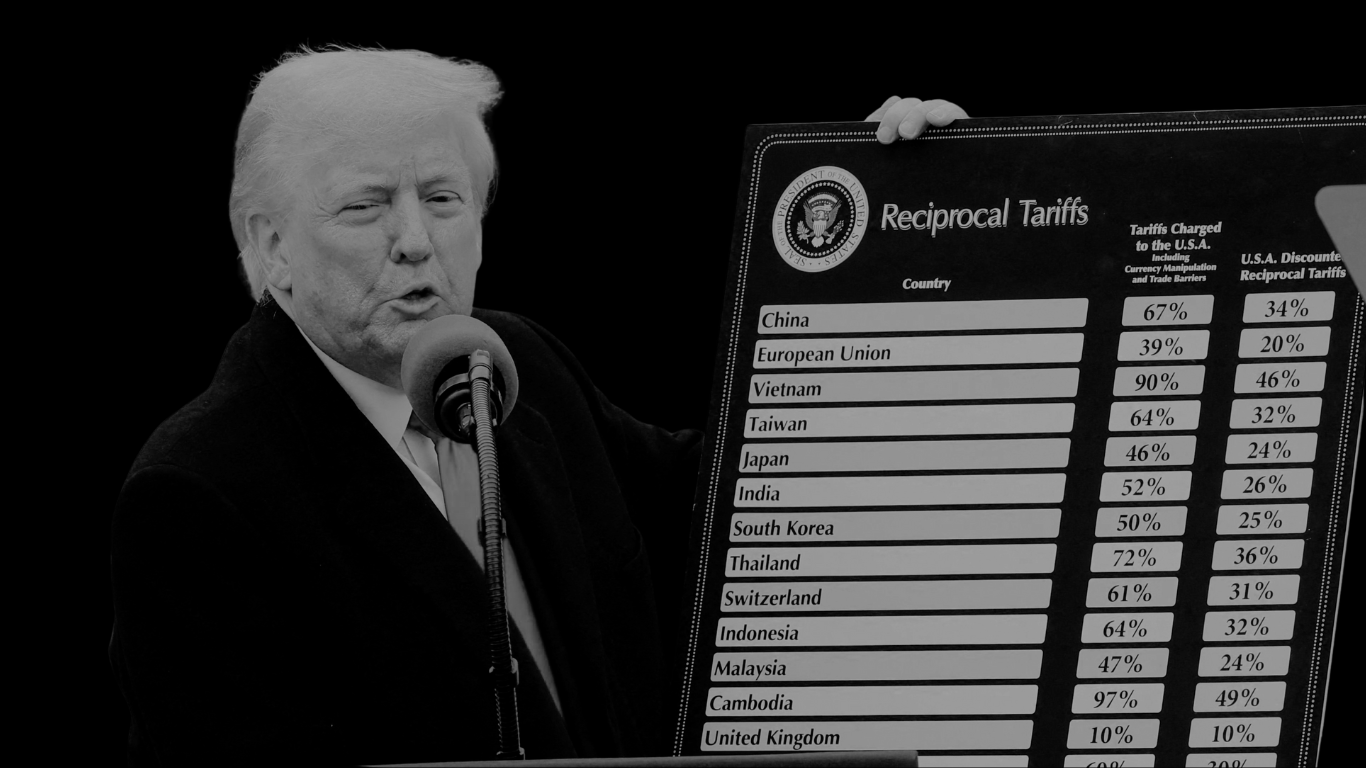In case you were wondering…
Why does the tax year run from 6 April to 5 April?
It’s a good question!
In 1582, the Gregorian calendar was introduced by Pope Gregory XIII to replace the Julian calendar originally proposed by Julius Caesar back in 46 BC. After some time, scholars calculated that the inaccurate Julian calendar had lost nine solar days. But, while most of Europe changed to the more accurate Gregorian calendar, here in England we continued with the old one until September 1752 – and by this time there was an 11-day difference.
To catch up, 2 September was replaced by 14 September, but to ensure no tax revenue was lost, the missing days were added on at the end of the year. During the Middle Ages, the legal year began on “Lady Day,” which was 25 March – so, with the reinstatement of the ‘lost days’ after this, the beginning of the tax year became 5 April.
Then a further change came in the year 1800, which was not a leap year in the new Gregorian calendar but would have been in the old Julian system. To compensate, the British Treasury adjusted the start of the UK tax year by one day, from 5 April to 6 April – and so it has remained ever since, including when income tax was imposed in 1842.
So now you know!
If there’s anything else you need to know regarding tax, particularly if it relates to the 21st century, please call Denise, our tax specialist, on 020 8530 0720, or email denise.s@nordens.co.uk.









































































































































































































































































































































































































































































































